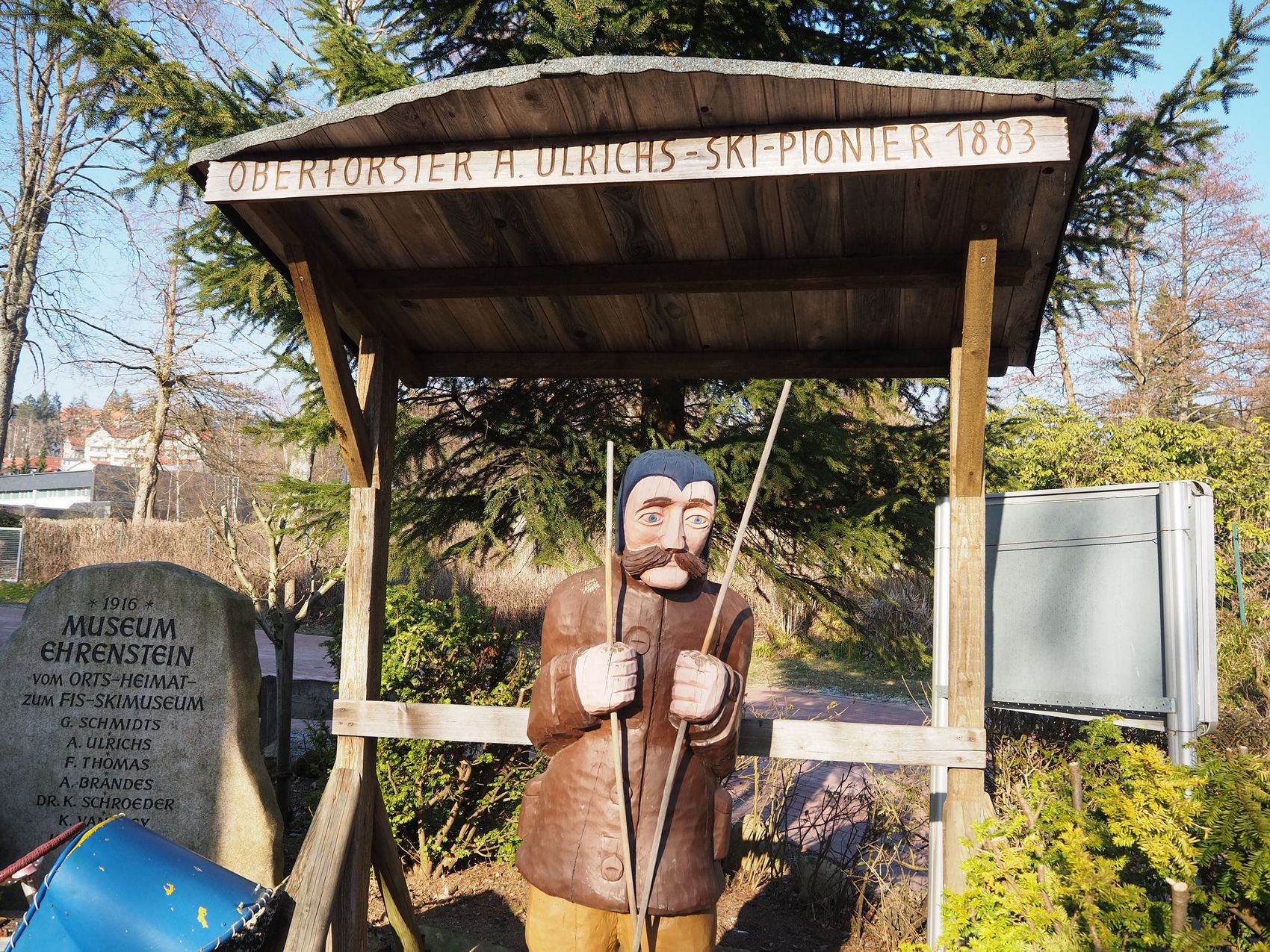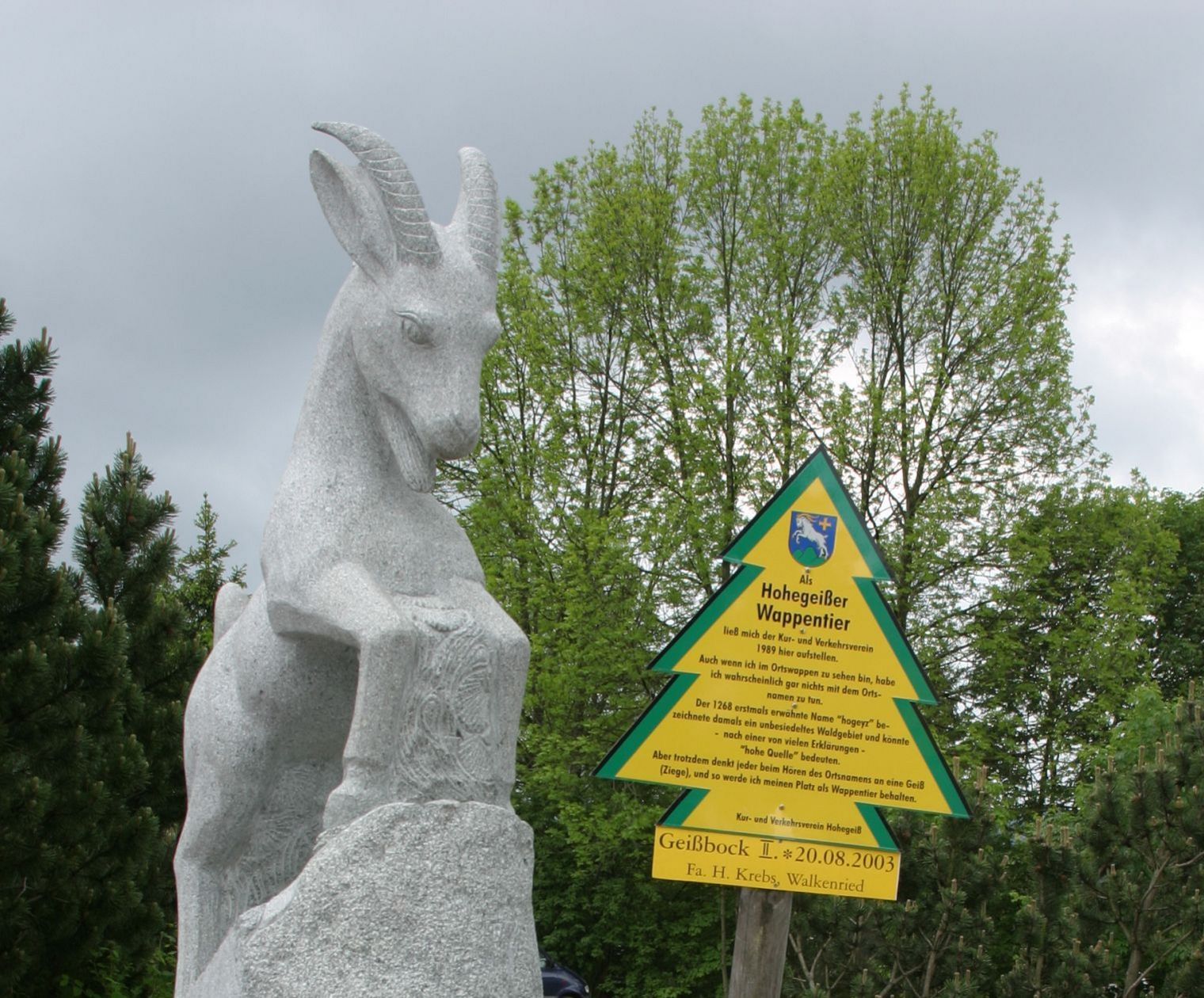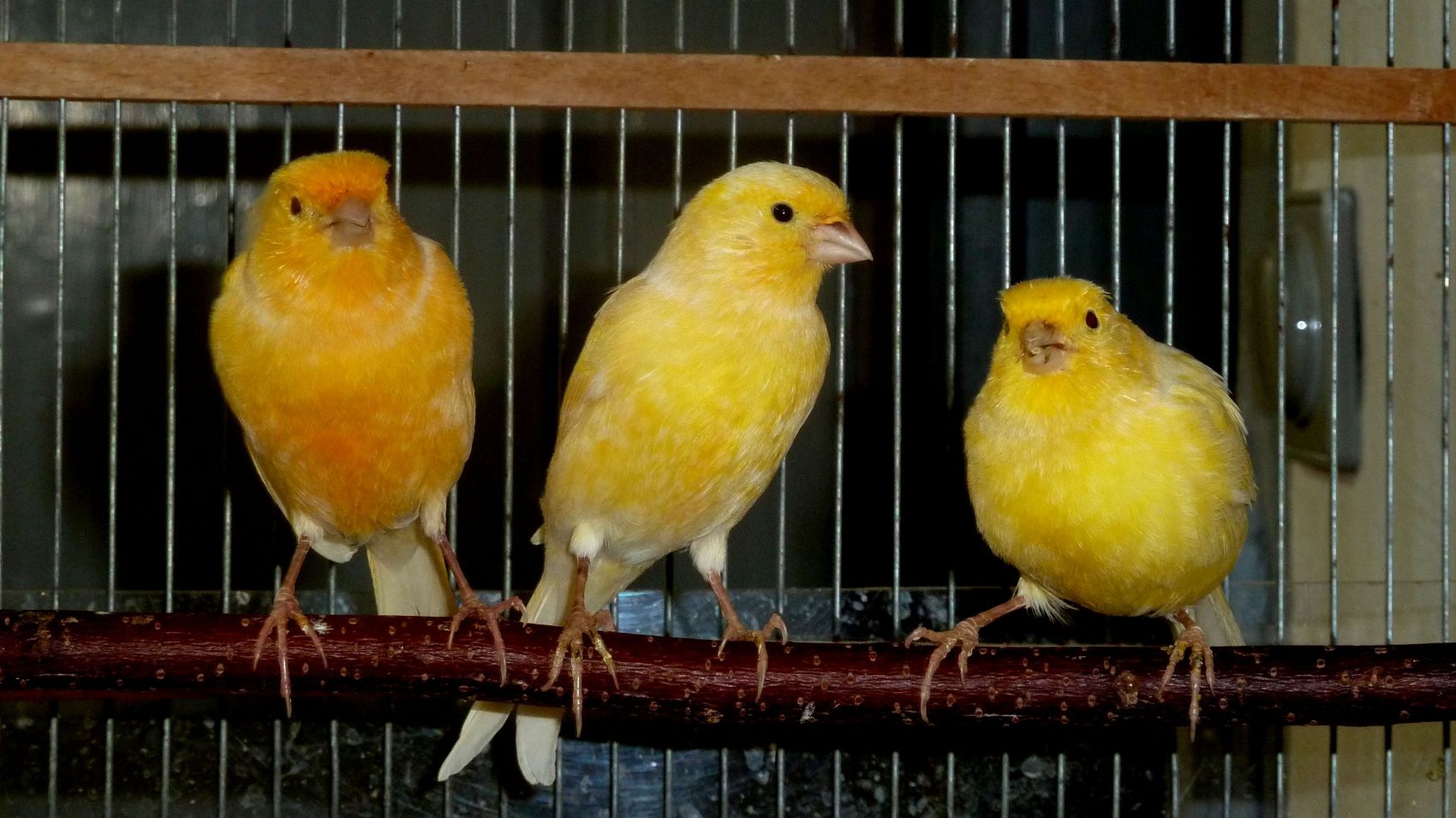Once upon a time...
Do you want to gain an insight into the past? A visit to our local history and FIS ski museum in Braunlage is guaranteed to be worthwhile, here you will find exciting stories about winter sports in the Harz. In Hohegeiß, the local history museum is housed in the oldest house and reflects the history of the village. As an addition to the Samson mine in Sankt Andreasberg, discover the world of the Harz roller canaries in the Gaipel and be taken back at least 130 years.


